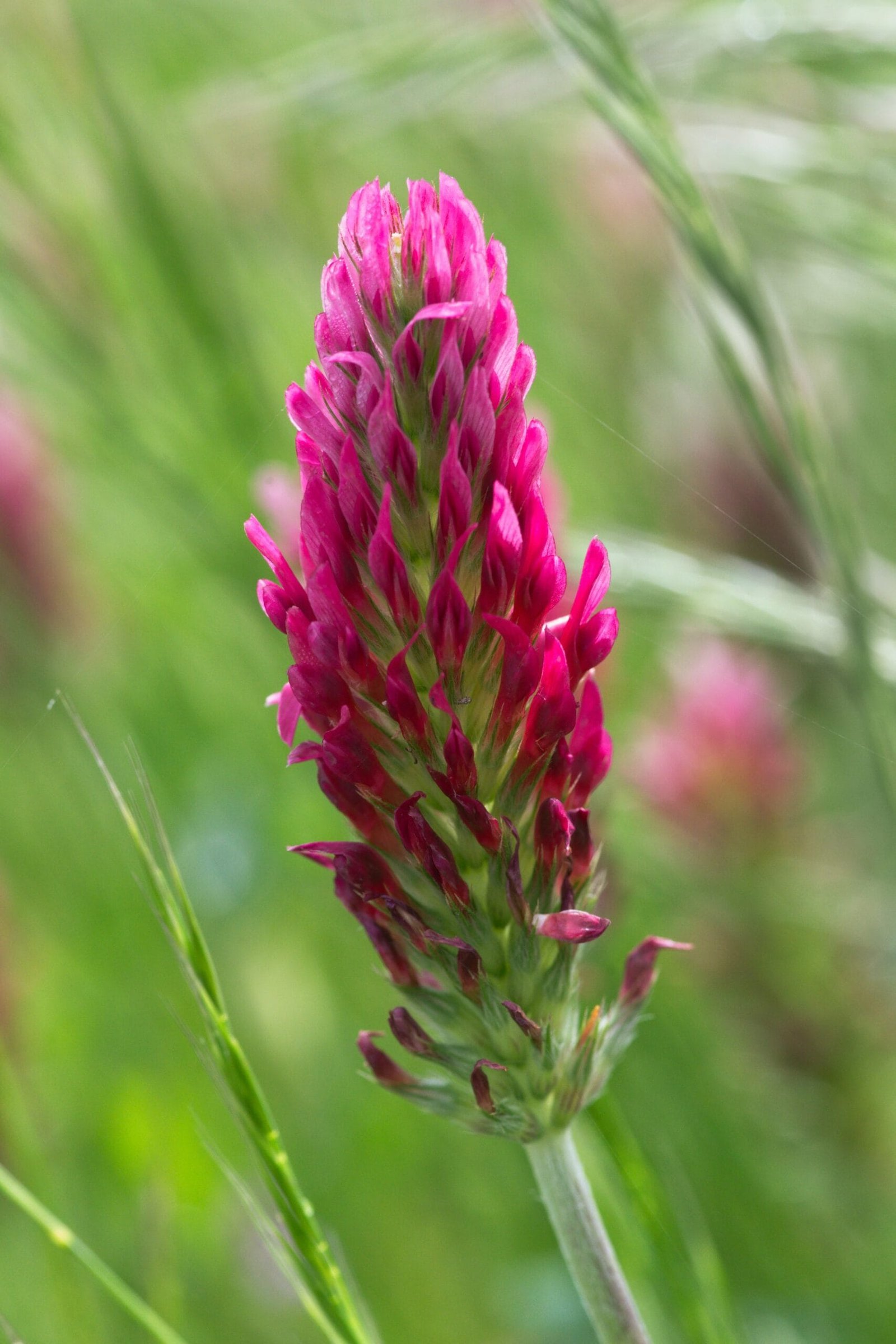Top 5 Cover Crops for Soil Health
Healthy soil is essential for a thriving garden, and cover crops are a powerful tool for improving soil structure, fertility, and microbial life. Choosing the right cover crop can make a significant difference if you want to add organic matter, fix nitrogen, suppress weeds, or break up compacted soil. This guide explores the five best cover crops, their benefits, planting and termination methods, and where to source organic seeds.
What Are Cover Crops?
Cover crops are plants grown primarily to benefit the soil rather than for harvest. These crops help prevent soil erosion, suppress weeds, enhance soil fertility, and improve soil structure by adding organic matter and fostering beneficial microbial life. Often used in regenerative and organic farming, cover crops act as a living mulch, protecting and nourishing the soil during fallow periods. Gardeners and farmers can significantly improve soil health and long-term productivity by selecting the right cover crop.
1. Crimson Clover (Trifolium incarnatum) As A Cover Crop
Benefits:
Crimson clover is a nitrogen-fixing legume that enhances soil fertility and reduces soil erosion. When in bloom, it provides excellent ground cover, suppresses weeds, and attracts pollinators.
Where to Get It:
Certified organic crimson clover seeds can be purchased from suppliers such as:
- High Mowing Organic Seeds
- Johnny’s Selected Seeds
- Peaceful Valley Farm Supply (GrowOrganic.com)
How to Plant:
- When to plant: In fall for winter cover or early spring for summer cover.
- Seeding rate: 15-20 lbs per acre if broadcasted; 10-15 lbs per acre if drilled.
- Depth: ¼ to ½ inch deep.
- Soil requirements: Prefers well-drained loam but tolerates a range of soil types.
How to Terminate:
Crimson clover can be terminated organically by mowing or cutting it just before full bloom, which prevents seed formation and maximizes nitrogen fixation. Alternatively, crimping it at flowering will effectively stop growth.
2. Winter Rye (Secale cereal) As A Cover Crop
Benefits:
Winter rye is one of the best cover crops for preventing soil erosion, suppressing weeds, and adding organic matter. Its deep roots break up compacted soil and scavenge nutrients for future crops.
Where to Get It:
- Fedco Seeds
- Maine Potato Lady
- Seed Savers Exchange
How to Plant:
- When to plant: Late summer to early fall.
- Seeding rate: 50-100 lbs per acre.
- Depth: ½ to 1 inch deep.
- Soil requirements: Grows well in various soils, including sandy and clay soils.
How to Terminate:
Winter rye should be terminated in spring by mowing or crimping when it reaches the flowering stage. If left too long, it can become challenging to manage. A roller-crimper is an effective termination method for no-till gardens.
3. Hairy Vetch (Vicia villosa) As A Cover Crop
Benefits:
Hairy vetch is another nitrogen-fixing legume that enhances soil fertility and helps prevent erosion. It also creates a dense mat that suppresses weeds and enhances microbial activity in the soil.
Where to Get It:
- Baker Creek Heirloom Seeds
- Green Cover Seed
- Prairie Moon Nursery
How to Plant:
- When to plant: Late summer to early fall.
- Seeding rate: 25-40 lbs per acre.
- Depth: ½ to 1 inch deep.
- Soil requirements: Prefers well-drained soils but is adaptable.
How to Terminate:
Hairy vetch can be cut or mowed in early spring before it sets seed. For an organic termination method, it can also be tilled under or crimped at the flowering stage.
4. Buckwheat (Fagopyrum esculentum)
Benefits:
Buckwheat is a fast-growing cover crop that suppresses weeds, improves soil structure, and attracts pollinators and beneficial insects.
Where to Get It:
- Southern Exposure Seed Exchange
- Hudson Valley Seed Company
- Territorial Seed Company
How to Plant:
- When to plant: Late spring to summer.
- Seeding rate: 50-60 lbs per acre.
- Depth: ½ to 1 inch deep.
- Soil requirements: Tolerates poor soils but thrives in well-drained loam.
How to Terminate:
Buckwheat should be mowed or tilled under when it starts to flower, usually 30-40 days after planting. It decomposes quickly, making it ideal for soil improvement before planting other crops.
5. Daikon Radish (Raphanus sativus var. longipinnatus) As A Cover Crop
Benefits:
Daikon radish, or tillage radish, is excellent for breaking up compacted soil and scavenging nutrients. It creates deep channels that improve subsequent crops’ water infiltration and root penetration.
Where to Get It:
- True Leaf Market
- Cover Crop Solutions
- Seven Springs Farm Supply
How to Plant:
- When to plant: Late summer to early fall.
- Seeding rate: 8-12 lbs per acre.
- Depth: ½ inch deep.
- Soil requirements: Prefers loose, well-drained soils but is highly adaptable.
How to Terminate:
Daikon radish is winter-killed in most climates, breaking down naturally and enriching the soil. It can be mowed or tilled under in warmer regions before flowering to prevent seed formation.
Final Thoughts On Cover Crops
Cover crops are essential to regenerative agriculture. They improve soil fertility, suppress weeds, and enhance biodiversity. By selecting the right cover crop for your needs and implementing effective termination methods, you can cultivate healthier, more productive soil year after year. Whether you are a home gardener or a commercial farmer, incorporating these cover crops into your rotation will help create a sustainable and resilient growing system.
For best results, purchase certified organic seeds from reputable suppliers to ensure the highest quality and adherence to organic farming standards. Happy planting!
References
Thilak, W. A. (2023, October 30). Embracing No-Till Gardening: A Sustainable Approach to Healthy Soil. https://www.theoneacrefarms.com/blog/33-Embracing-No-Till-Gardening_-A-Sustainable-Approach-to-Healthy-Soil.html
Top Cover Crops for Clay Soil: Boost Soil Health and Combat Erosion with These Winning Plant Choices – Green Soil Guru. https://greensoilguru.com/top-cover-crops-for-clay-soil-boost-soil-health-and-combat-erosion-with-these-winning-plant-choices/

Leave a Reply
You must be logged in to post a comment.